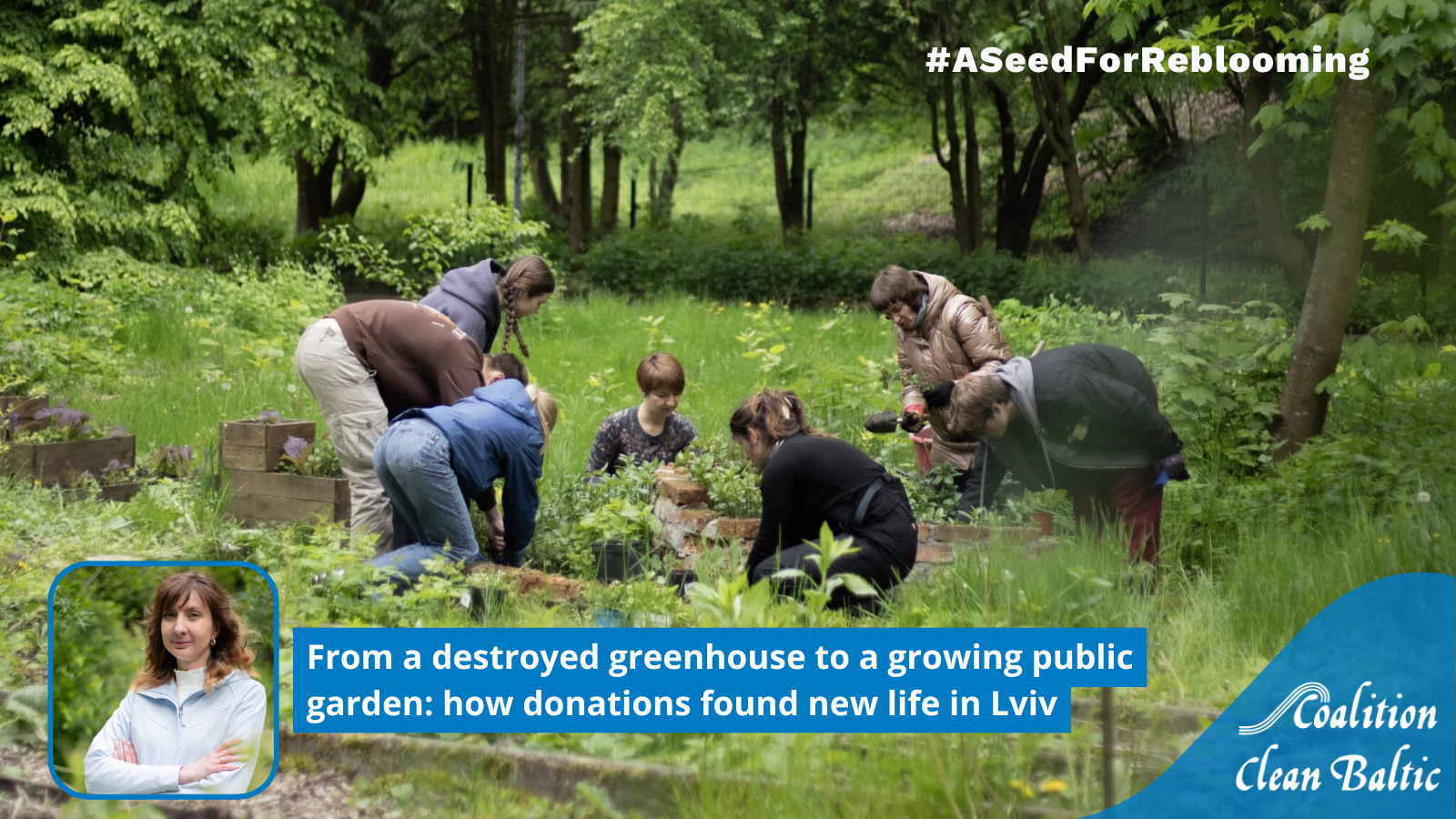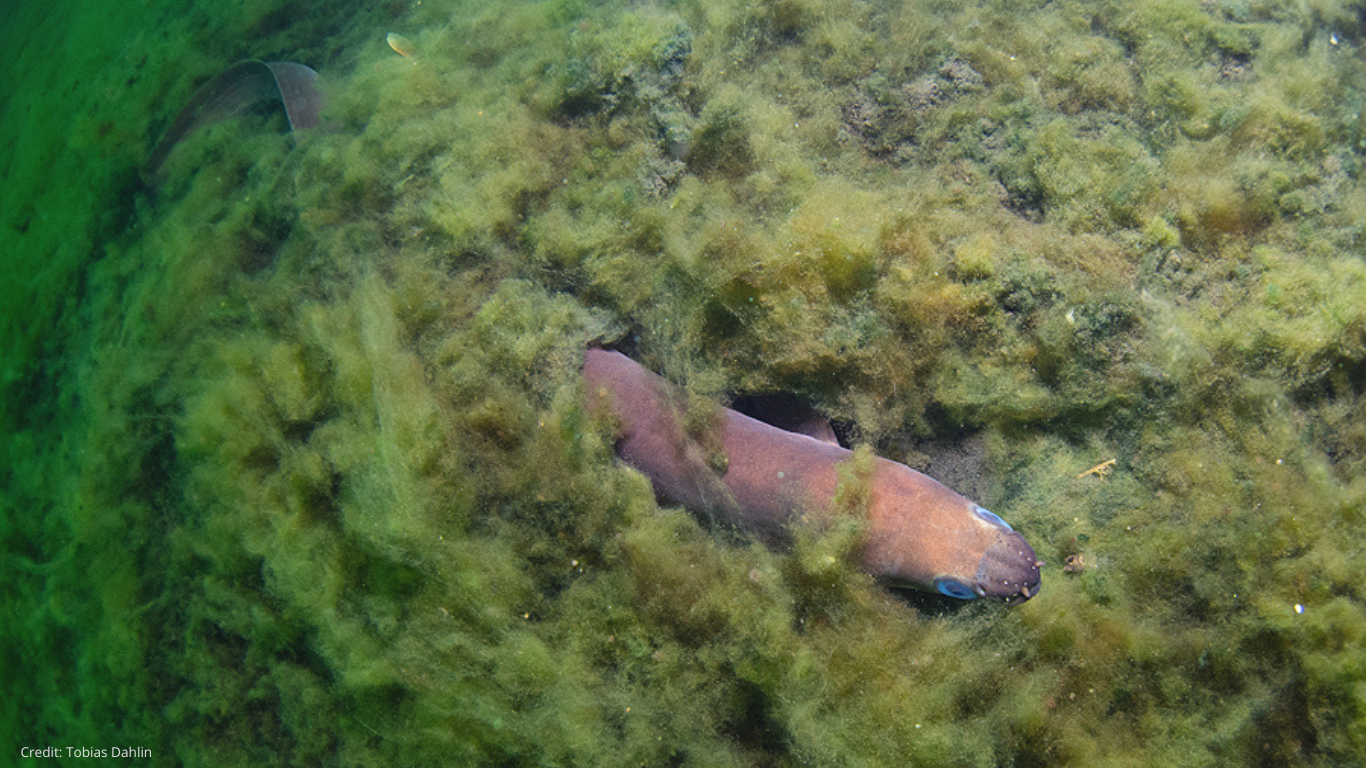Joint NGO position on Baltic Sea internal loading
Baltic environmental NGOs, represented by Coalition Clean Baltic network consisting of 18 grass-root organizations from 11 countries in the Baltic Sea catchment and the WWF Baltic Ecoregion Programme forwarded for consideration of HELCOM Contracting Parties a joint statement regarding the issue of internal load in the Baltic Sea.
Some of the Contracting Parties state that most of the nutrient source reductions on land have already been achieved, for example through efficient sewage treatment and elimination of excess usage of fertilizer and manure in agriculture. Therefore, those countries consider further land-based reductions to have limited effects at high costs, instead arguing for innovative sea-based measures.
The environmental NGO signatories to this joint statement strongly believe that the real reason for promoting alternative, sea-based solutions to the eutrophication problem might be tightly connected with observed poor implementation of BSAP MAI/CART commitments and lack of will to enforce stricter HELCOM requirements at national level in comparison to EU law, by some Contracting Parties/EU Member States. Actually, the cost-efficiency of already applied measures in terms of delivering good environmental status for the Baltic Sea with regards to eutrophication has been very poorly assessed – both at national and HELCOM level, and the EU financial support mechanisms often cause continued high inputs of nutrients with minor consideration of environmental objectives for the marine environment.
This view is strongly backed by the findings of the recent EU Court of Auditors’ report “Combating eutrophication in the Baltic Sea: further and more effective action needed” ( 2016 ), echoed by the EU Council Conclusions on the ECA’s Report.
Our main points on this matter are as follows:
- Internal load is not a cause of eutrophication, but it is a consequence of numerous years of mismanagement of nutrient inputs from the Baltic Sea catchment.
- There is no evidence that the Contracting Parties have taken and implemented all relevant measures to reduce eutrophication, as agreed in HELCOM BSAP – especially from land-based sources, so there is no sense and need to change the path and turn to sea-based measures.
- Although positive effects of reduced land-based input could be seen in some coastal areas, there is still a need for further improvement, especially addressing diffuse runoff and losses from agriculture.
- Proposed sea-based measures to address internal loading have not proven to be (a) effective, (b) cost-efficient, (c) polluter-specific and (d) harmless at a larger scale and in a longer-term perspective.
- Very few end-of-pipe solutions have appeared to be more efficient than source reduction measures, hence the latter should be further promoted and supported.
- External nutrient reduction before entering the sea is the only truly effective long-term strategy to combat eutrophication.

